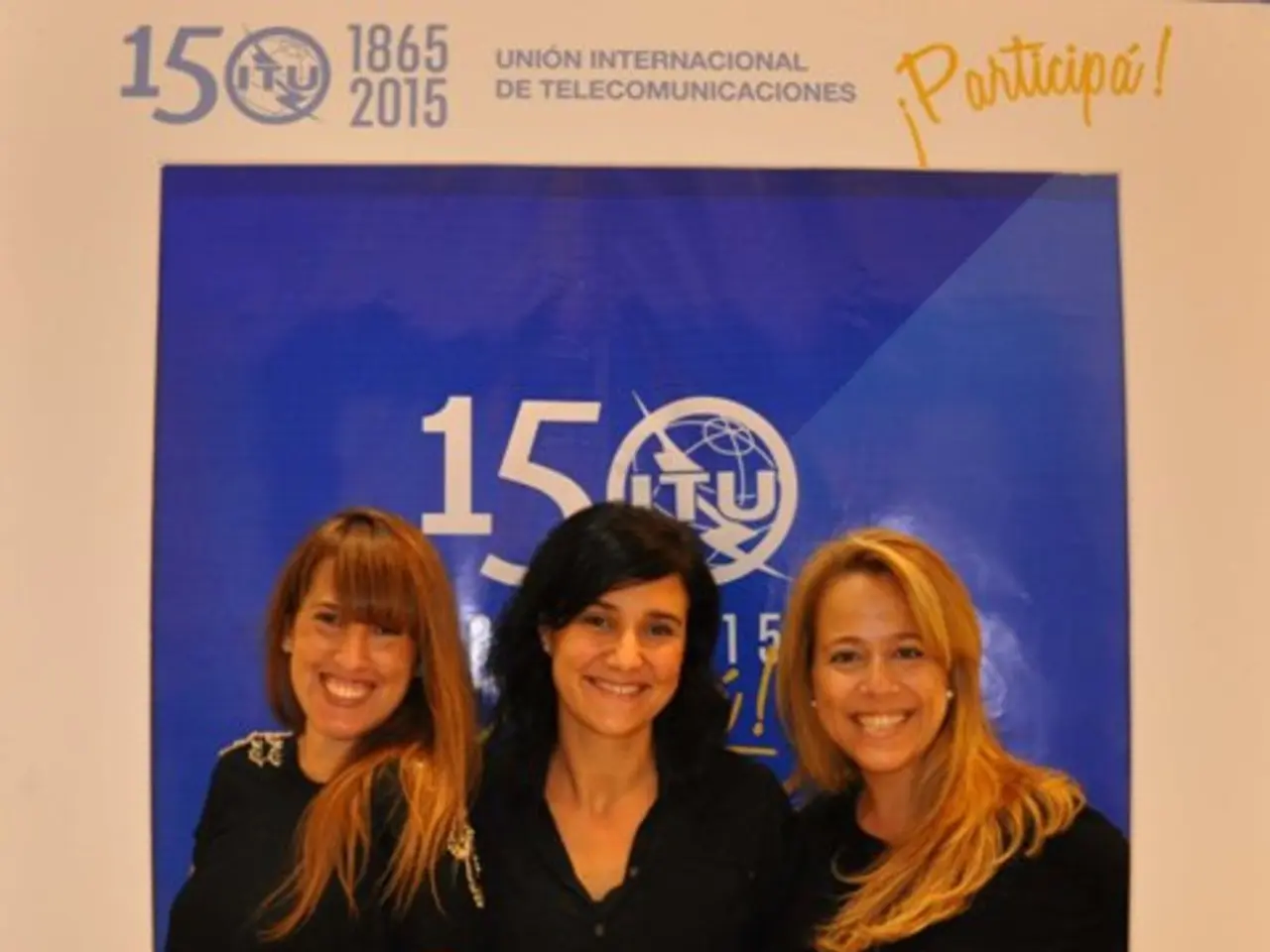NokiaConnects €1.5 Billion Debt Repayment Tied to Success in Emissions Reduction Across Supply Chain
Nokia, the global communications and technology company, has taken a significant step forward in its journey towards achieving net zero greenhouse gas (GHG) emissions by 2040. The Science Based Targets initiative (SBTi) approved Nokia's ambitious target in January 2025.
The company's climate transition plan is comprehensive, focusing on reducing at least 90% of GHG emissions across its value chain (Scope 1, 2, and 3), with the remaining up to 10% neutralized through credible carbon removals.
Nokia has set several key milestones and achieved notable progress. By 2030, the company aims to reduce its GHG emissions by 50% compared to the baseline year of 2019. All Nokia facilities will run on 100% renewable energy by 2025, and zero emissions from final assembly suppliers are targeted by 2030. Furthermore, Nokia aims to achieve a 95% waste circularity rate across offices, labs, and installation sites by 2030, and an 85% GHG reduction in its own facilities by 2025.
To reinforce its dedication to aligning its business operations and financial strategy with its climate goals, Nokia has linked its sustainability commitments directly to its financing. In mid-2025, the company signed a €1.5 billion five-year revolving credit facility (RCF). The RCF includes sustainability-linked pricing, meaning the loan margin adjusts annually based on Nokia’s progress towards its Scope 1, 2, and 3 emission reduction targets.
Marco Wireén, Chief Financial Officer at Nokia, expressed delight with the strong support and commitment from key banking partners in the refinancing transaction. Subho Mukherjee, Vice President of Sustainability at Nokia, emphasized the company's commitment to its climate transition plan. This linkage of the debt's pricing to science-based climate goals is considered a strong demonstration of Nokia's commitment to its sustainability targets.
This is the latest in a series of sustainability-linked financing instruments for Nokia, following a credit facility linked to the company's sustainability targets in 2019 and its first sustainability-linked guarantee facility in 2022. The new facility utilizes Key Performance Indicators (KPIs) based on Nokia's interim climate goal to reduce Scope 1, 2, and 3 emissions by 50% by 2030, on a 2019 basis.
Nokia's sustainability approach aims to protect and create value for the company and its stakeholders. The company's climate transition plan is designed to deliver efficiency and innovations in its value chain, setting a strong example for other companies in the industry. The pricing adjustment for the new facility will be based on annual target observation and will be adjusted in the following year.
Sources: [1] Nokia Corporation, "Nokia sets ambitious climate targets to reach net zero emissions by 2040," Press Release, 2020. [2] Nokia Corporation, "Nokia signs €1.5 billion sustainability-linked revolving credit facility," Press Release, 2025. [3] Reuters, "Nokia signs €1.5 billion sustainability-linked revolving credit facility," News Article, 2025. [4] S&P Global, "Nokia's €1.5 billion sustainability-linked revolving credit facility," Research Report, 2025.
Nokia has highlighted its commitment to sustainable finance by linking a €1.5 billion five-year revolving credit facility to its science-based climate goals, signifying the company's dedication to utilizing technology for reducing its greenhouse gas emissions. As part of its climate transition plan, Nokia aims to achieve a 50% reduction in Scopes 1, 2, and 3 emissions by 2030, demonstrating the potential for technology to drive sustainability in the communications and technology industry.




